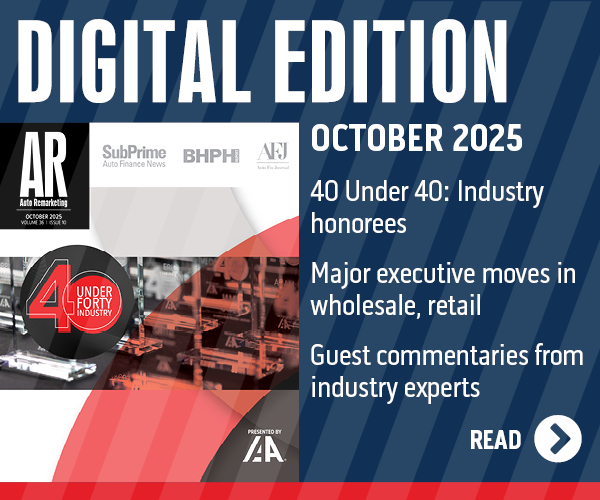CPO likely to break another record, but growth slows

By subscribing, you agree to receive communications from Auto Remarketing and our partners in accordance with our Privacy Policy. We may share your information with select partners and sponsors who may contact you about their products and services. You may unsubscribe at any time.
CARY, N.C. –
Cox Automotive economists are expecting approximately 2.7 million certified pre-owned vehicle sales in 2018, and if that comes to fruition, it will be the eighth straight year of record CPO sales.
But the acceleration in certified sales is not what it has been in prior years amid what is a slowdown in growth on the non-luxury side of the market, they say.
According to Autodata Corp., there was an estimated 2,645,718 CPO vehicles sold in 2017, compared to 2,642,986 sold in 2016. That’s a gain of just 0.1 percent.
Comparatively, certified sales climbed 3.5 percent in 2016, after jumping more than 9 percent in 2015, according to Autodata.
Sales were up 10.8 percent in 2014.
“On the CPO side, it’s interesting … the simple math is that 2017 eked out a slight gain,” Cox Automotive chief economist Jonathan Smoke said in a conference call with media and analysts this month.
Subscribe to Auto Remarketing to stay informed and stay ahead.
By subscribing, you agree to receive communications from Auto Remarketing and our partners in accordance with our Privacy Policy. We may share your information with select partners and sponsors who may contact you about their products and services. You may unsubscribe at any time.
“Technically, the CPO numbers set a record for 2017. But it was a less than 1-percent gain over 2016,” he said. “So we’ve started to see a real deceleration in CPO volumes, and when you drill into it, you basically start to see that we’re no longer seeing substantial growth in non-luxury CPO, and that’s really what had been driving a lot of growth in recent years.”
Granted, half of the programs that Autodata said reported best-ever years (Fiat/Chrysler, Honda, Mazda, Mitsubishi, Nissan and Subaru) would be considered non-luxury, according to Autodata, with the other half coming from the luxury side (BMW, Cadillac, Infiniti, Land Rover, Maserati and Porsche).
Still, the two largest players in CPO — Toyota and the non-luxury brands of General Motors (Buick, Chevrolet and GMC only) — were both down double-digit percentages. The Toyota division’s certified sales of 369,850 were down 11.3 percent — albeit, compared to a record year in 2016. The GM trio’s full-year CPO sales of 338,724 units were down 10.1 percent, according to Autodata.
This trend towards slowing growth in non-luxury CPO “ultimately comes down to the buyer and sensitivity … to payments and price points,” Smoke said.
The volumes in some of the mainstream used-car models is “are such that the consumer isn’t seeing as much value from the increase they have to pay for a CPO unit versus what they can drive down the street and buy non-CPO, but in the same kind of condition,” Smoke said.
“And I think it also reflects some decisions being made by the manufacturers to not promote CPO as heavily in the non-luxury segment,” he said.
The growth last year, Smoke said, was in luxury CPO. Brands like Cadillac (up 37.9 percent) and Infiniti (up 19 percent) were among the leaders in that respect, according to Autodata.
Though, to be fair, there were certainly luxury brands that saw their sales decline, and mainstream brands whose sales increased, including the entire gamut of the record-breaking Fiat Chrysler brands.
As for 2018, the certified market “will probably grow again, but it’ll be a changing composition,” Smoke said.
Cox Automotive’s Zo Rahim said during the call that he will be interested in watching this year to see if some of the automakers continue to downshift the focus on certified pre-owned in non-luxury.
“That’s kind of what kind of killed some of the momentum in 17,” Rahim said. “Again, the focus has moved to not certify too many of these non-luxury units from a value proposition.”
He added that if 2018 continues down same path as 2017, there will be more luxury brands that gain CPO share instead of domestics.


